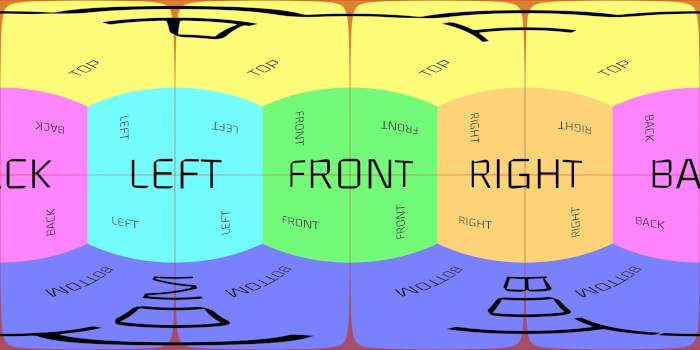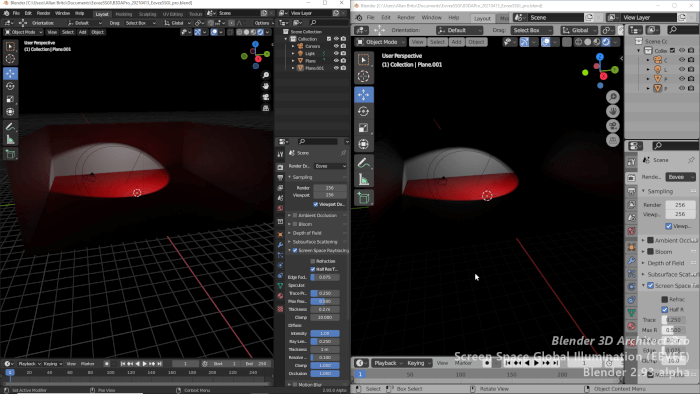
It’s been a while since the last time I use Indigo Render for a big project involving architectural visualization in Blender 3D. But, as far I saw from the first impressions I got based on the free version of the renderer, it’s still a great solution for generating realistic images using Unbiased render methods. Besides the advantage of speed, by using Indigo we will be able to render from both Blender 3D and SketchUp, using different exporters to send the scene to the renderer from both tools. If you are an old Indigo user, back from the days it was a freeware, you may want to check out the new version, which is now 2.0 and has a lot of new features for the exporters.
There are a free version of Indigo available to download, which only add a watermark at the lower right corner of the render, and the maximum render size available is 0.7 megapixels. What caught my attention to Indigo Renderer was the announcement of new tutorials for Blendigo, the exporter from Blender 3D to Indigo and a contest available at the Indigo user forums.
This is a new introduction video to use Blender 3D and Indigo:
The video is short, but shows the basics about the use of Blendigo. If you are an old user like me, you will be able to also take a look on the new user interface of Indigo. Check out this thread on the blenderartists forums, to see more links to updated documentation on Indigo and Blender.
About the contest, it’s a general competition to create nice example scenes to include in Indigo distribution. All scenes will be added to Indigo and distributed with the software. The prizes go from an Indigo 2.0 license and t-shirts. At the competition rules there is no restriction on the use of a freeware version to produce the renders. It would be nice to see an image created for architectural visualization as one of the winners.
To know more about the competition rules and prizes, visit this link at the Indigo user forums. The last day to submit images is 30th of September.





